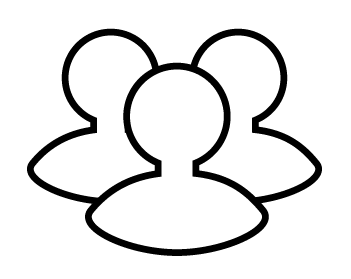TANK CLEANING NOZZLES
CLEAN QUICKLY & EFFICIENTLY WITH BETE SPRAY TECHNOLOGY
BETE tank cleaning nozzles maximize the efficiency of cleaning tanks and equipment by ensuring proper distribution of the cleaning media and maximizing impact from the available flow rate and pressure of the system. They save significant time and money over other cleaning options such as "fill and drain" or manual entry (especially in hazardous environments).
We offer a complete line of tank cleaning nozzles designed for effective rinsing or removing difficult soils. Our tank cleaning nozzles use the latest spray technology to optimize industrial or hygienic tank and equipment cleaning applications. Rotational tank cleaning devices clean faster than traditional spray balls while reducing water and solvent consumption, saving time and money.
Find Your Tank Cleaning Nozzle by Tank Size
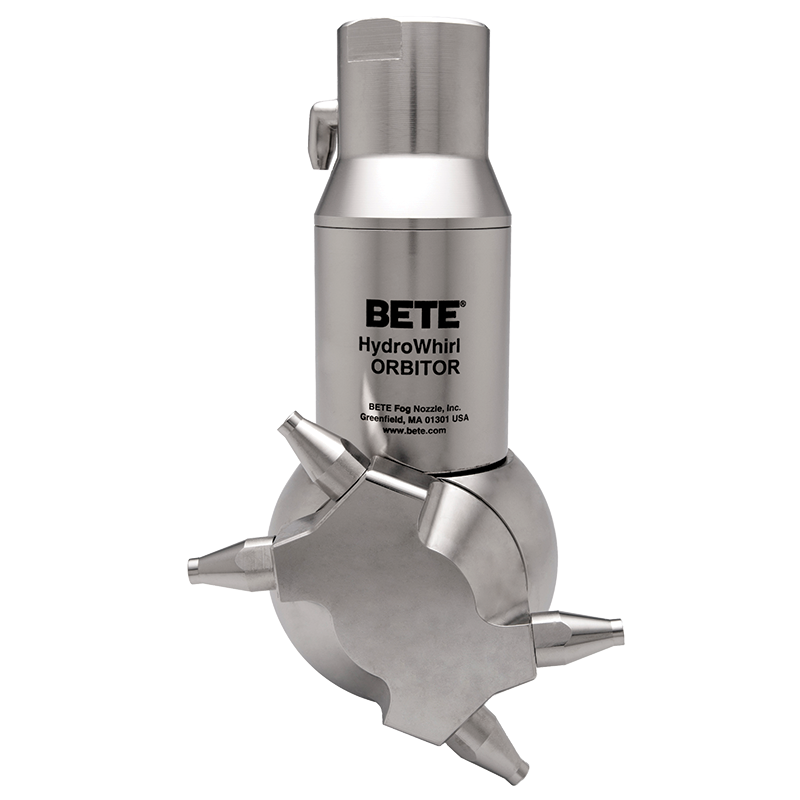
HydroWhirl® Orbitor
Rotary Jet High-Impact Tank Cleaning Devices for Large Tanks
Soil Type: Heavy
Cleaning Range: Up to 130 ft
Flow Rates: 22.6 to 160 GPM
Pressure: 45 to 145 GPM
Min. Entry Diameter: 5.0"
Max Temperature: 200°F

HydroWhirl® Orbitor 100
Rotary Jet High-Impact Tank Cleaning Devices
Soil Type: Heavy
Cleaning Range: Up to 56 ft
Flow Rates: 12 to 52.4 GPM
Pressure: 45 to 145 GPM
Min. Entry Diameter: 3.35"
Max Temperature: 200°F

HydroWhirl® Orbitor 100 XC
Extreme Clean (XC)-High Impact With Slowest Rotation For Heavy Residue
Soil Type: Heavy
Cleaning Range: Up to 56 ft
Flow Rates: 12.8 to 52.4 GPM
Pressure: 45 to 145 GPM
Min. Entry Diameter: 3.35"
Max Temperature: 200°F
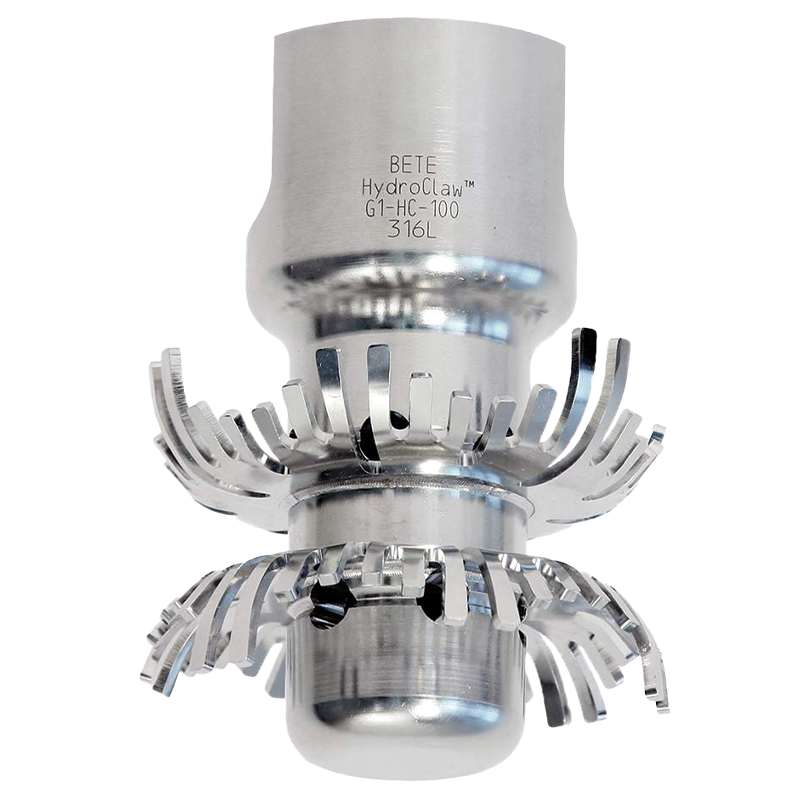
HydroClaw®
Reduce Down-Time With Patented Stationary Tank Cleaning Devices
Soil Type: Light to Moderate
Cleaning Range: Up to 10 ft
Flow Rates: 33 to 112 GPM
Pressure: 25 to 40 psi
Min. Entry Diameter: 2.4 to 2.9"
Max Temperature: 550°F
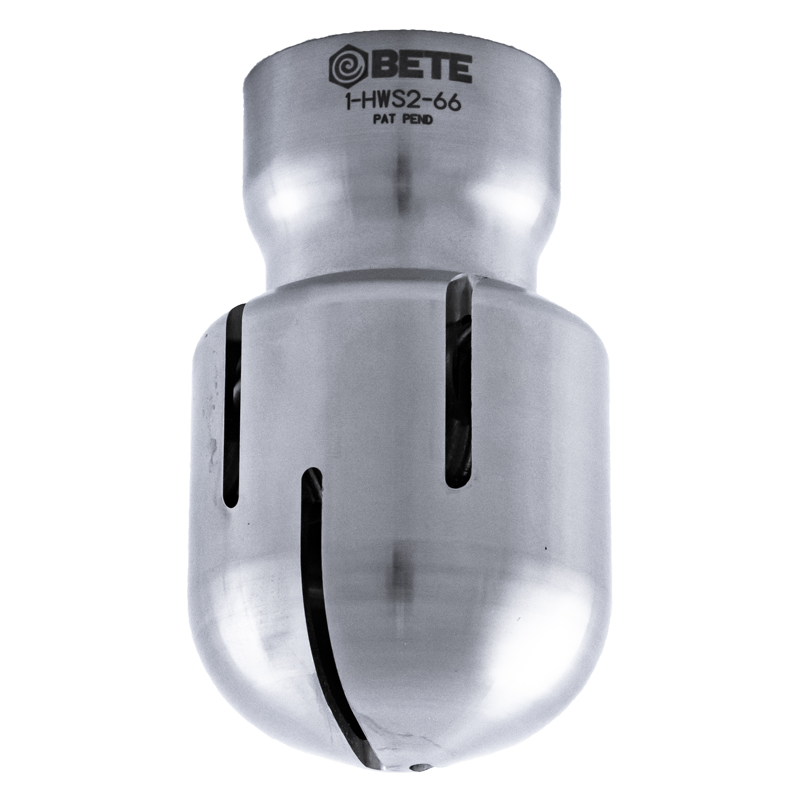
HydroWhirl® Stinger
Efficient Reactionary Force Tank Cleaning Devices
Soil Type: Light to Moderate
Cleaning Range: Up to 12 ft
Flow Rates: 1.09 to 117 GPM
Pressure: 10 to 60 psi
Min. Entry Diameter: .63 to 1.9"
Max Temperature: 200°F
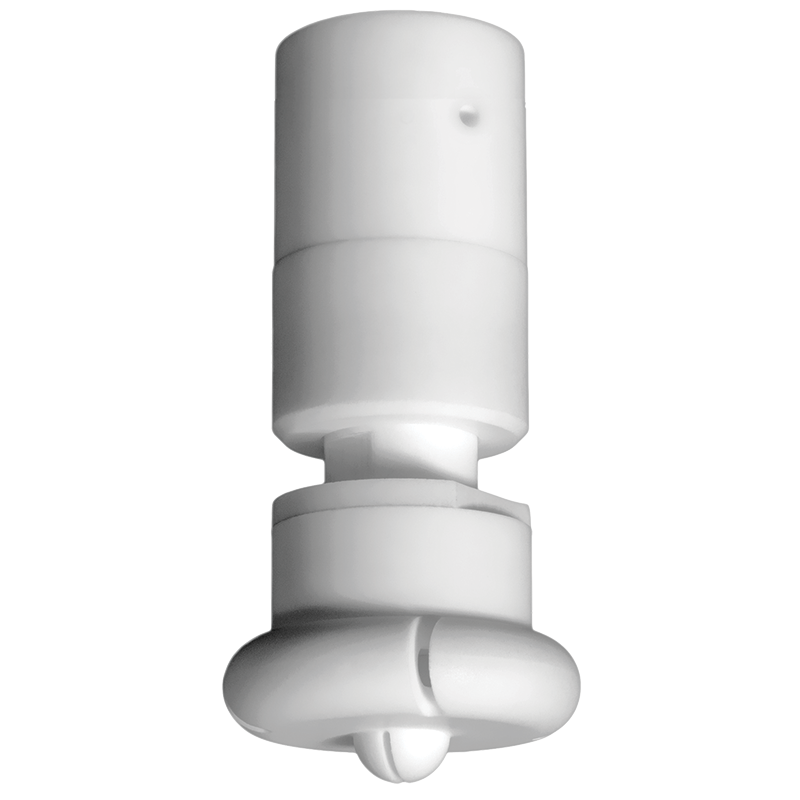
HydroWhirl® Poseidon
PTFE Corrosion-Resistant Slow Rotating Tank Cleaning Devices
Soil Type: Moderate to Heavy
Cleaning Range: Up to 25 ft
Flow Rates: 4.45 to 82.4 GPM
Pressure: 10 to 60 psi
Min. Entry Diameter: 1.7 to 3.3"
Max Temperature: 200°F
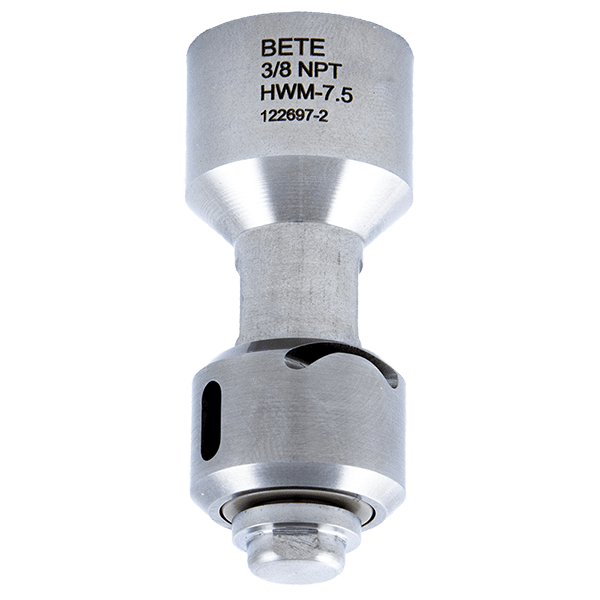
HydroWhirl® Mini SS
Reactionary Force Tank Cleaning Devices for Small Tanks
Soil Type: Light to Moderate
Cleaning Range: Up to 6 ft
Flow Rates: 3.6 to 9.1 GPM
Pressure: 10 to 60 psi
Min. Entry Diameter: .84 to 1.0"
Max Temperature: 266°F
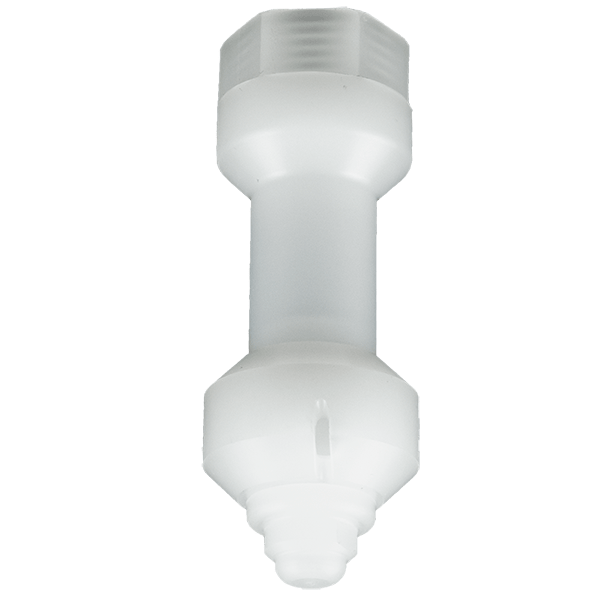
HydroWhirl® Mini PVDF
Reactionary Force Tank Cleaning Devices for Small Tanks
Soil Type: Light to Moderate
Cleaning Range: Up to 3.5 ft
Flow Rates: 3 to 9 GPM
Pressure: 10 to 60 psi
Min. Entry Diameter: 1.2"
Max Temperature: 194°F
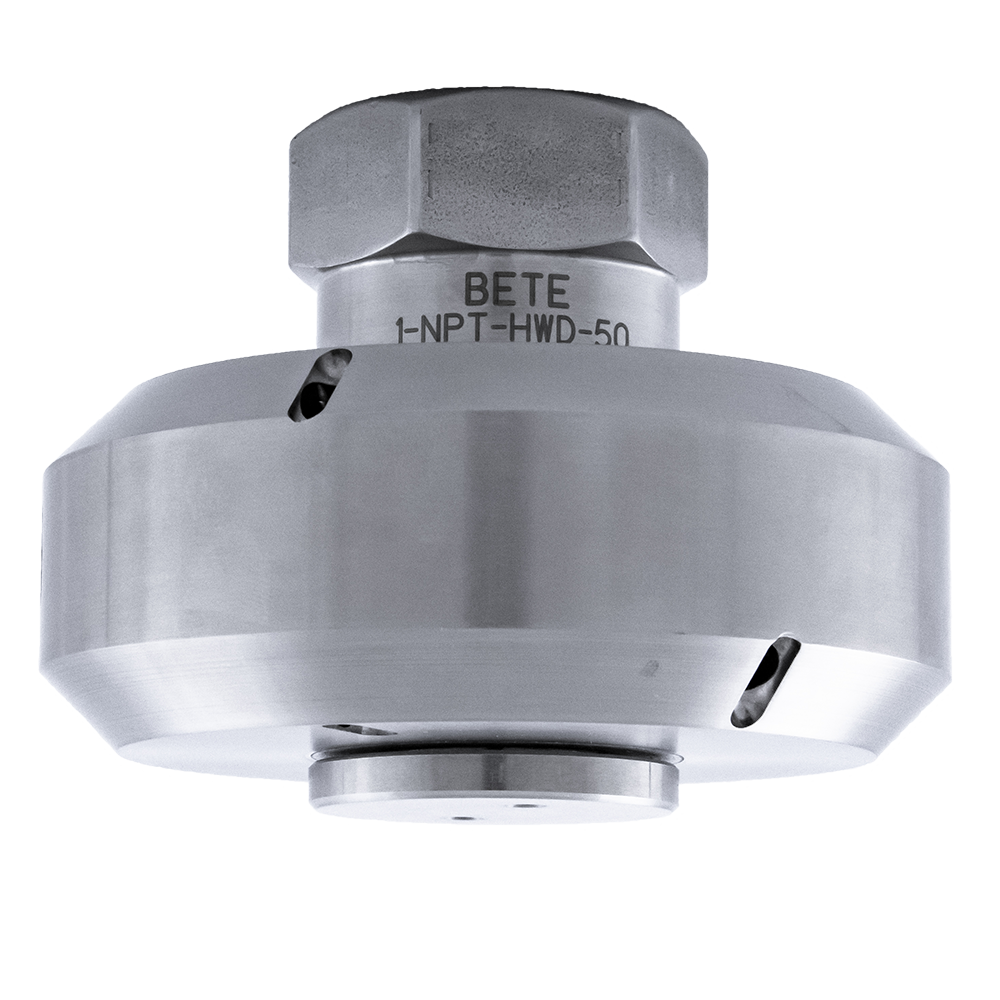
HydroWhirl® Disc (HWD)
Powerful Submersible Rotating Tank Cleaner
Soil Type: Moderate to Heavy
Cleaning Range: Up to 25 ft
Flow Rates: 4.45 to 82.4 GPM
Pressure: 10 to 60 psi
Min. Entry Diameter: 1.7 to 3.3"
Max Temperature: 200°F

TW
Clog-Resistant Compact Tank Cleaning Devices
Soil Type: Light to Moderate
Cleaning Range: Up to 8 ft
Flow Rates: 3 to 163 GPM
Pressure: 10 to 400 psi
Min. Entry Diameter: .87 to 1.31"
Max Temperature: 550°F
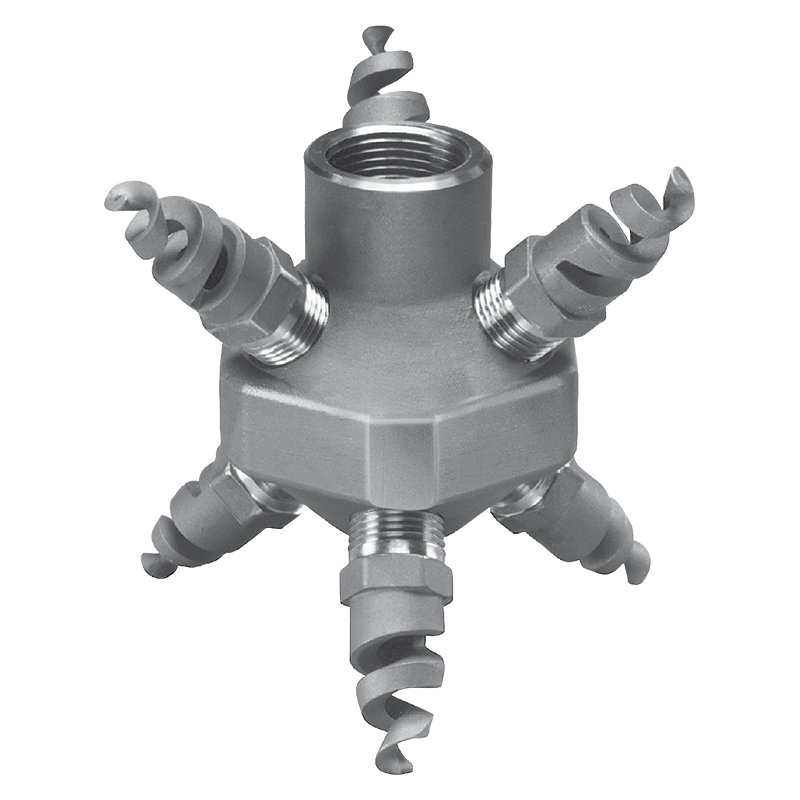
LEM
Clog-Resistant Stationary Tank Cleaning Devices
Soil Type: Light to Moderate
Cleaning Range: Up to 8 ft
Flow Rates: 4.2 to 157 GPM
Pressure: 10 to 100 psi
Min. Entry Diameter: 4.25 to 5.3"
Max Temperature: 550°F
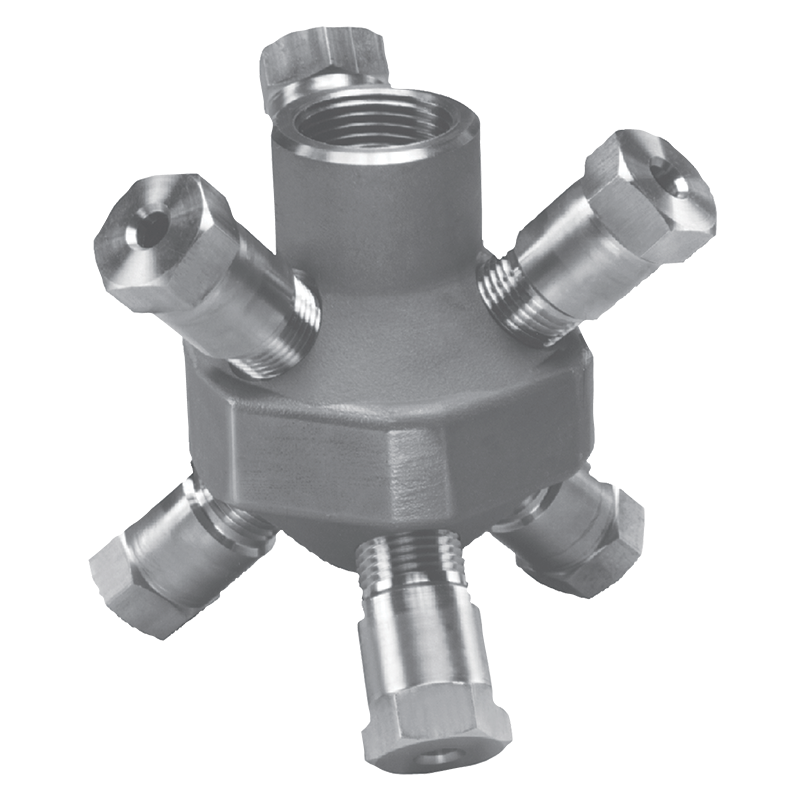
Clump
Clog-Resistant Stationary Tank Cleaning Devices
Soil Type: Light to Moderate
Cleaning Range: Up to 10 ft
Flow Rates: 7.4 to 80.6 GPM
Pressure: 10 to 80 psi
Min. Entry Diameter: 5.75"
Max Temperature: 550°F
Common Uses & Industries
Bright Beer Tanks, Brew Kettles
Fermentation Tanks
Barrels, Totes and Drums
Cooking Kettles for Food Processing
Large Commercial Ovens and Freezers
Blending and Mixing Tanks for Personal Care Industry
Chemical Reactors
Underground Storage Tanks (UST) and Above Ground Storage Tanks (AST)
Oil and Gas Storage Tanks
Tanker Trucks and Railcars
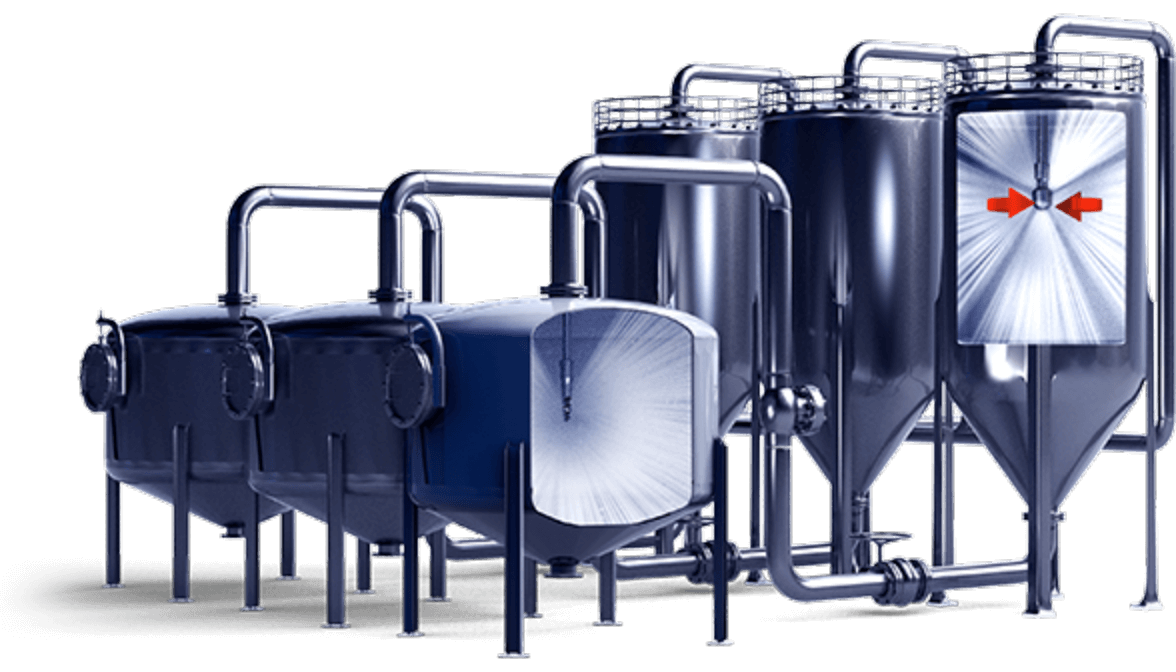
Related Tank Cleaning Solutions
Read Our Case Studies
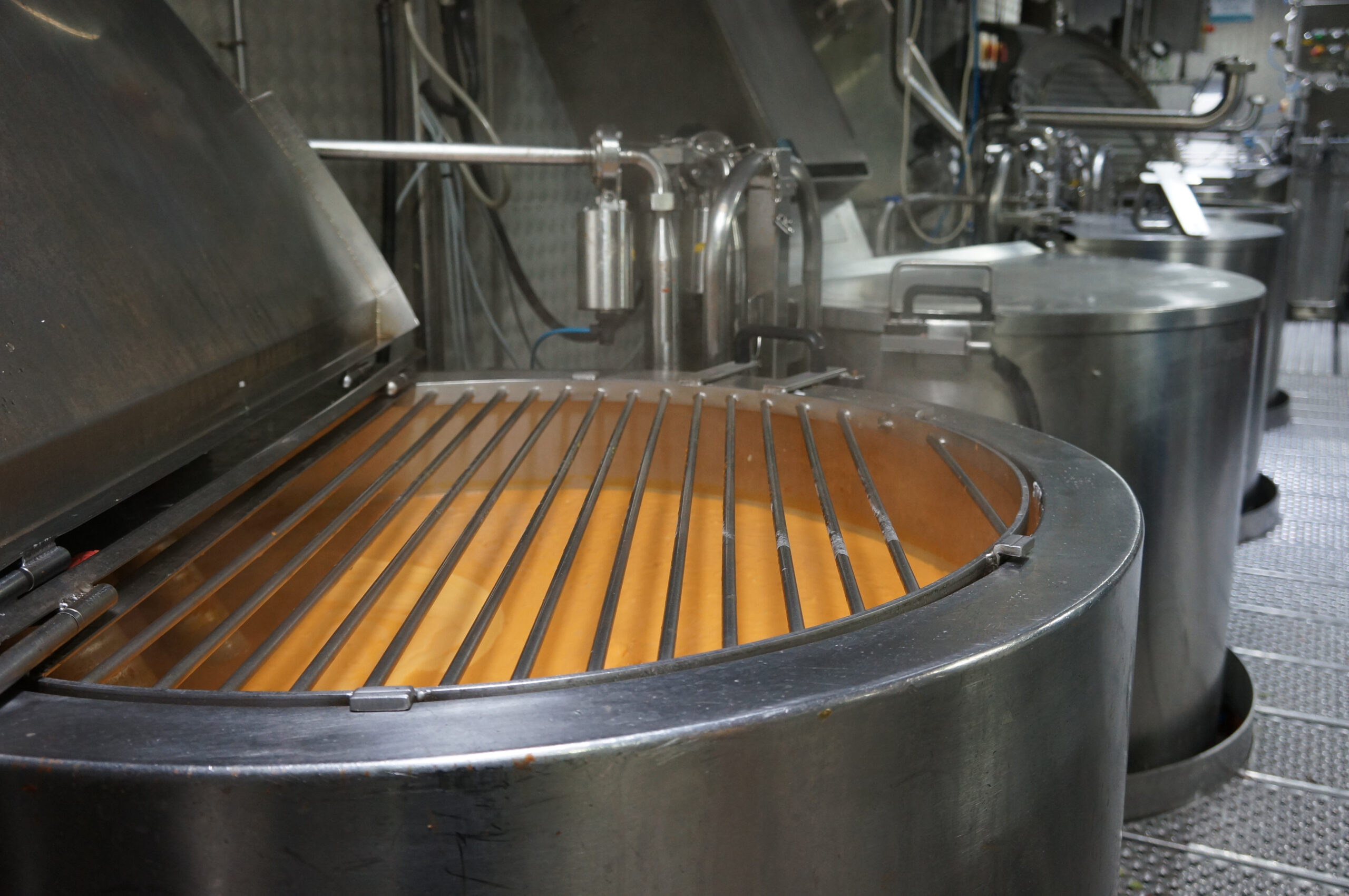
Tank Cleaning Solution Saves $144K In Maintenance Repairs for Food Processor
Soups and sauces cooked in kettles reach high temperatures, leaving residue caked onto the surface walls. The kettles must be cleaned and sanitized between batches to prevent cross-contamination. For these crucial applications, the right spray device will optimize cleaning and reduce downtime.
Read More
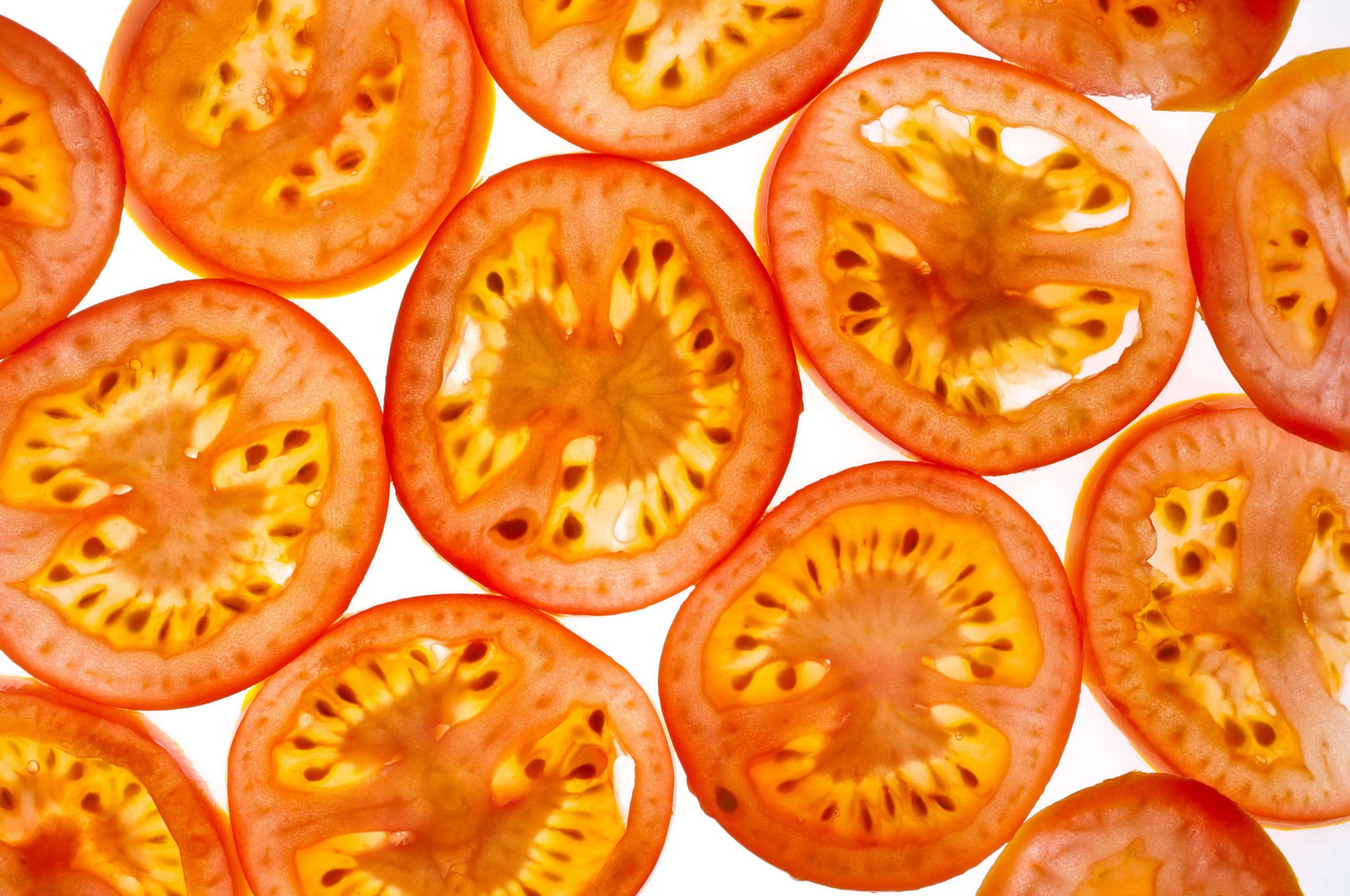
HydroClaw® Improves Tank Cleaning Efficiency and Resolves Maintenance Issues for Tomato Processor
Seeds, skins, pulp, stems, and grains in a recirculated water system can cause blockage in many tank
washing nozzle designs, inhibiting their ability to work correctly. Cleaning tanks and maintaining a
sanitary environment is essential to success in food processing and beverage industries. Problems
within these systems lead to loss of time, money, and resources – an unacceptable situation.
Read More

HydroWhirl® Poseidon® Prevents Maintenance and Clogging Issues for Chemical Processing Plant
Cleaning tanks that contain corrosive materials can be problematic. The corrosion-resistant materials used
to make the vessels are not usually ideal for manufacturing tank cleaning nozzles. When the environment is
corrosive to even the highest grade steels, tank cleaning solutions are limited – particularly in larger tanks
where rotary tank cleaners are required.
Read More



